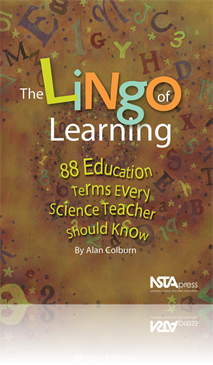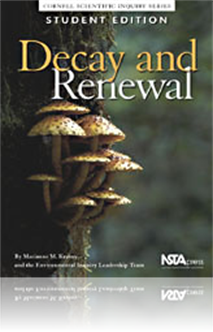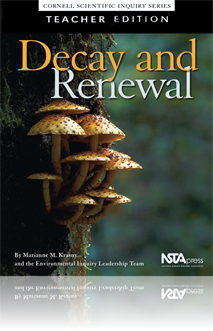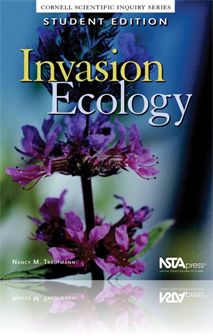All Resources
Book Chapter
Pedagogy means teaching and teaching is what teachers do. It's a fancy word with a simple meaning. In reality, the distinction between pedagogy and curriculum can be a bit difficult because what is taught and how it is taught are deeply intertwined. ...
Book Chapter
Assessment, broadly defined, means information gathering. Grading (or evaluating) students is certainly one type of assessment. Tests, portfolios, and lab practicals are all assessment devices. However, teachers assess students in other ways. When te...
Book Chapter
The Association for Supervision and Curriculum Development (2002) defines “diversity” in this way: “In education, discussions about diversity involve recognizing a variety of student needs including those of ethnicity, language, socioeconomic c...
Book Chapter
As is the case with the other chapters in this book, each entry in this chapter should stand on its own. However, more than in other chapters, the ideas presented in this chapter tend to build on each other. Ideas that began with Piaget were later ch...
Book Chapter
This chapter presents research concepts featuring qualitative, quantitative, and action research. Qualitative research generally involves a researcher combining observation, interview, and analysis of various documents. Quantitative research represen...
Book Chapter
This chapter discusses teacher education from the preservice teachers—the period when they are learning to teach as undergraduate or graduate students—to induction—the period when they are making the transition from student teacher to an experi...
Book Chapter
This section offers insights about the uniqueness of teaching in a two-year college. Hello! Is Anybody Out There? explores one commonality that exists among many two-year colleges—isolation, including the social, financial, and political isolation ...
Book Chapter
Natural Forces of Decay and Renewal
Through biodegradation, dead plants and animals get broken down and so do the waste products they produce while living. For plants, these waste products include dead leaves and the remnants of seeds and blossoms. For animals, wastes include excrement...
Book Chapter
This section covers understanding biodegradation, including biodegradation protocols providing specific instruction on research. The section also provides techniques in interactive research for developing experiments and field studies using the proto...
Book Chapter
This section outlines possible assessment criteria for student research, as well as example assessment rubrics for posters and written reports. Engaging in peer review provides both opportunities and challenges for assessment. Some of the assessment ...
Book Chapter
Decay and Renewal presents an inquiry-based approach to studying biodegradation, the assortment of biological processes that cause organic matter to decay. Biodegradation occurs in nature and in human-engineered systems to prevent or clean up envir...
Book Chapter
Biodegradation Protocols: Introduction to Research
This section presents 14 research protocols. Using one or more of these protocols, students will be able to design and carry out their own experiments. Students will also experience some of the ways in which scientists work together to discuss ideas,...
Book Chapter
Interactive Research: Experiments and Field Studies
This section provides advice to help students choose from a wide range of ideas for research projects. It also provides a series of worksheets designed to guide progress through the various steps of designing and carrying out an experiment, presentin...
Book Chapter
Interactive Research: Wastewater Treatment Design Challenge
When engineers and scientists design systems for wastewater treatment, they must meet certain criteria concerning treatment effectiveness, and they must work within specified constraints such as cost. This section gives step-by-step directions for an...
Book Chapter
Understanding Invasion Ecology: Introduction
How can a single species of insect pose a threat to millions of acres of forests, orchards, and street trees? What can we do about the Asian longhorned beetle and other plants and animals that invade our farms, cities, and forests? The study of ecolo...






